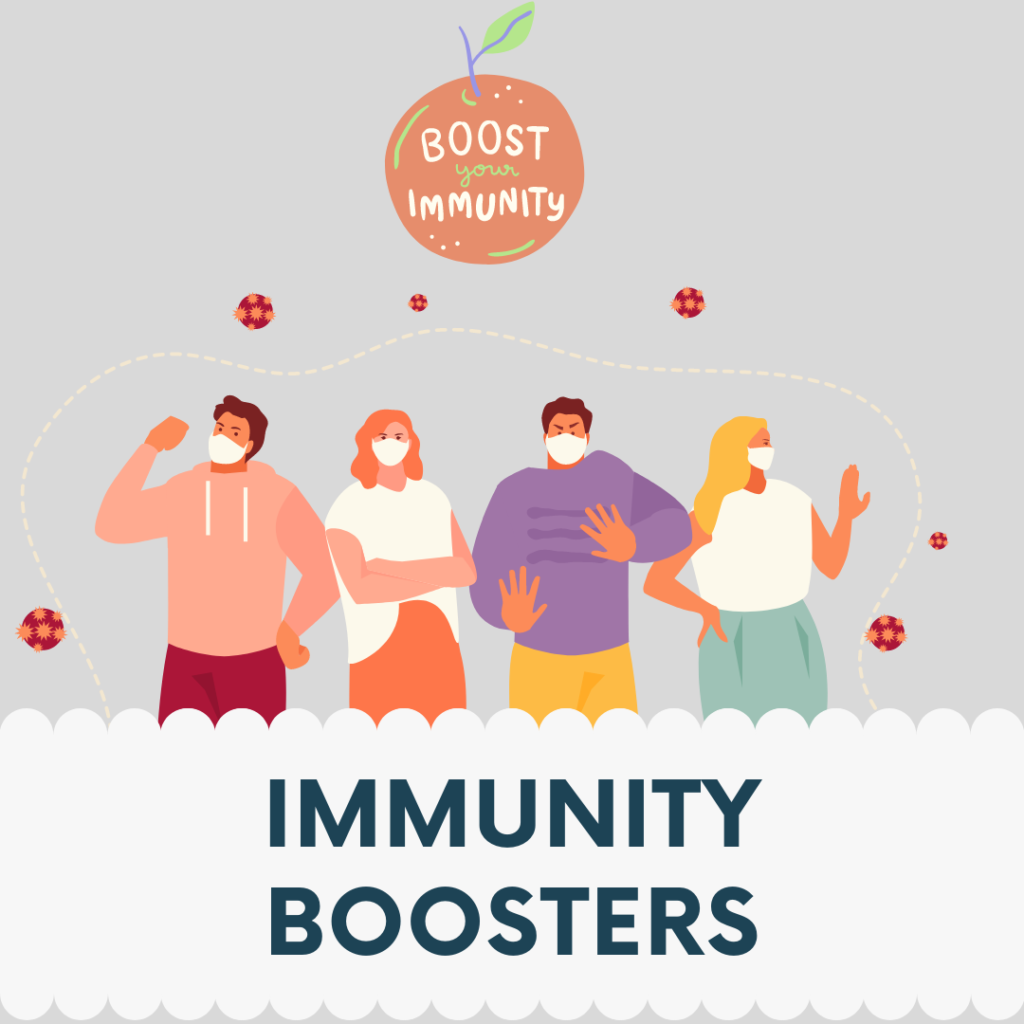Blood pressure is the force of blood pushing against blood vessel walls. The heart pumps blood into the arteries (blood vessels) which carry the blood throughout the body. High Blood pressure, also called hypertension, means the pressure in your arteries is above the normal range. What you eat can affect your blood pressure.
What’s the difference between sodium and salt?
Salt is mostly sodium, a mineral that occurs naturally in foods. Sodium is a substance that may cause your blood pressure to increase. Other forms of sodium are also present in food. MSG (monosodium glutamate) is another example of sodium added to food (common in Chinese food).
How does salt increase blood pressure?
When you eat too much salt, which contains sodium, your body holds extra water to “wash” the salt from your body. In some people, this may cause blood pressure to rise. The added water puts stress on your heart and blood vessels.
An unhealthy diet and physical inactivity contribute to around 30% of preventable morbidity and mortality including morbidity and mortality due to hypertension. Hypertension is a condition associated with increased risk for stroke, cardiac failure, renal failure, and peripheral vascular disease.
Excessive intake of saturated fatty acids and trans-fatty acids, along with higher consumption of salt and sugar, are risk factors for cardiovascular diseases including hypertension.
How are risk factors related to high blood pressure?
Sodium intake
- Higher sodium intake has been associated with a higher risk of incident stroke, fatal stroke, and fatal coronary heart disease.
- Reduction in dietary sodium intake will reduce the mean population blood pressure, as well as the prevalence of hypertension.
- A decrease in salt consumption of 3 grams per day would result in a reduction in blood pressure which in turn would lead to a reduction of 22% and 16% in stroke and ischemic heart disease deaths, respectively.
- Even in hot, humid climates, there are only minimal losses of sodium through feces and sweat.
- A reduction in sodium intake to less than 2 grams per day of sodium (5 grams per day of salt) in order to reduce blood pressure and risk of cardiovascular disease, stroke, and coronary heart disease in adults (individuals 16 years of age and older). Intake levels should be adjusted downward based on the energy requirements of children in comparison to those of adults.
Potassium intake
Dietary intake of potassium lowers blood pressure and is protective against stroke and cardiac arrhythmias. Potassium intake should be at a level that will keep the ratio of sodium to potassium close to 1:1, i.e. At daily potassium intake levels of 70–80 mmol per day. This may be achieved through adequate daily consumption of fruits and vegetables.
Healthy weight
Physical activity has been shown to lower the overall risk of all-cause mortality between the ages of 45 and 84 by 18%. To reduce blood pressure, maintain a healthy weight with a body mass index between 18.5 and 24.9.
Healthy eating
A diet consisting mainly of fruits, vegetables, and low-fat dairy products and includes whole grains, poultry, fish, and nuts while limiting the amount of red meat, sweets, and sugar-containing beverages.
Saturated and Trans fatty acid intake. Intake of saturated fatty acids should be reduced to less than 10% of total energy consumption, and Trans fatty acids to less than 1%. Intake of trans fatty acids can be reduced by replacing them with polyunsaturated fatty acids.
Reducing or eliminating meat may influence blood viscosity. Saturated fat appears to influence blood viscosity. A higher proportional intake of fatty acids from polyunsaturated sources compared with saturated fats is associated with a lower risk for developing hypertension.
Stress management
Manage stress. Stress may temporarily increase blood pressure. Learn to find healthy ways to cope with stress. Avoid coping with stress by eating high fat or high salt foods, or by smoking or drinking alcohol. Learning relaxation techniques and finding a time to walk each day are some good ways to start.
What can I do?
- Maintain healthy body weight.
- Be active.
- Limit intake of fats and oils.
- Limit intake of sugars especially sweetened foods and beverages.
- Limit salt intake.
- Eat a variety of foods every day.
- Eat cereals, preferably whole grains, as the basis of most meals.
- Eat more vegetables and fruits every day.
- Eat legume-based dishes regularly and choose unsalted nuts and seeds.
- Eat fish at least twice a week.
- Consume milk/dairy products daily (preferably low fat).
- Choose poultry and lean meat.
- Drink lots of clean water.
- Eat clean and safe food.
How can I reduce my sodium intake?
- Don’t use table salt.
- Read nutrition labels and choose foods lower in sodium.
- Choose foods marked “sodium-free,” “low sodium,” and “unsalted.”
- Use salt substitutes (ask your healthcare provider first).
- Don’t use lite salt as a substitute.
- Read content labels. (Contents are listed in order of greatest amount.)
- Purchase sodium-free herbs and seasoning mix like Mrs. Dash®.
Suggested
- 7 to 12 servings of fruits and vegetables
- 6 to 11 servings of grains — such as whole grains, whole grain pasta or pitas; oatmeal;
- 2 to 3 servings of fat-free or low-fat dairy products
- 6 or fewer servings per day of proteins include Dals, legumes, milk and milk products, lean meat, poultry, and fish
- 2 to 3 servings per day of fats and oils — avoiding trans fat and lowering saturated fat intake
- 3 to 5 servings per week of nuts, seeds, and legumes
- Limited amounts of sweets and added sugars — 5 or fewer servings per week.
The bottom line in lowering blood pressure is to follow a heart-healthy eating plan, maintain a healthy weight and increase physical activity. Consult a registered dietician nutritionist to start handling high blood pressure and for guidance regarding healthier food choices.




